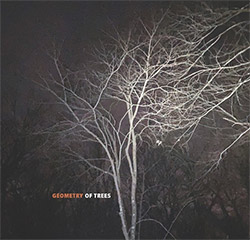
The Geometry quartet of Tomeka Reid on cello, Taylor Ho Bynum on cornet, Kyoko Kitamura on voice, and Joe Morris on guitar in their sophomore release of subtly ferocious acoustic improvisation, acute and obtuse angularity through both highly interactive playing and spacious sprawls that merge melody and pointillist styles, expanded through Kitamura's imagistic vocals; outstanding.
Out of Stock
Quantity in Basket: None
Log In to use our Wish List
Shipping Weight: 3.00 units
Sample The Album:
Tomeka Reid-cello
Kyoko Kitamura-voice
Taylor Ho Bynum-cornet
Joe Morris-guitar
Click an artist name above to see in-stock items for that artist.
UPC: 5904224870751
Label: Relative Pitch
Catalog ID: RPR1144
Squidco Product Code: 31751
Format: CD
Condition: New
Released: 2022
Country: USA
Packaging: Cardboard Gatefold
Recorded at Firehouse12, in New Haven, Connecticut, on July 17th, 2021, by Nick Lloyd.
"This foursome is resolute in its acceptance of communal responsibility and creation. Vocalist Kyoko Kitamura sings and speaks in wordless flurries, matching and Taylor Ho Bynum's brassy exhortations on cornet. Cellist Tomeka Reid and guitarist Joe Morris worry and pluck their respective strings, applying speed and torque in the loosing of spidery cascades of crinkled and crenelated tones. Pitch and timbre differentials are a big part of the interplay with instruments juxtaposed in bursts of activity."-Relative Pitch
"There is a certain style of sparse free improvisation that involves a group playing in an abrupt, disjointed style - one in which there is little melody or rhythm. Instead, the emphasis is structural and exploratory. Geometry of Distance is a prime example of such a recording.
The group is called Geometry, and this is their second release after last year's Geometry of Caves. Vocalist Kyoko Kitamura teams with Taylor Ho Bynum on cornet and trumpets, Joe Morris on guitar, and Tomeka Reid on cello. Each member contributes micro-thematic elements; namely, short motifs and lines that may overlap with those of the others. Kitamura provides wordless vocals, scat singing, screams, and harsh utterances. The focus is not on what she might be saying, but what she conveys with tone and technique. Morris's contributions are characteristically spiky. Scratching and rubbing alternates with cleanly-picked sections. Bynum and Reid are perhaps the most "outside" of the four. The former squeaks, warbles, and blows through discordant passages, while the latter offers an understated but ambitious set of wanderings through the lower registers.
Without any solid structure and including generous use of extended techniques, the album is subtle in approach. Listen in a quiet room, as this is not something that you will fully appreciate when subjected to background noise - while commuting, for example. The many rich details would be lost.
But perhaps the most notable aspect of Geometry of Distance is how Kitamura, Bynum, Morris, and Reid manage to make the 50-plus minutes thereof such an engaging listen. In lesser hands, their approach might have fallen apart under its own weight into aimless meandering. But with this quartet, the album is an adventure - one that keeps the listener on edge with evolving meta-patterns and systems. It is a piece of abstract performance art dutifully transcribed to the digital medium. Highly recommended."-Mike, Avant Music News

The Squid's Ear!
Get additional information at Avant Music News
Artist Biographies
• Show Bio for Tomeka Reid "Chicago based cellist, composer and educator, Tomeka Reid has been described as "a remarkably versatile player," (Howard Reich, Chicago Tribune). Equally adept in classical and jazz contexts, Ms. Reid predominantly finds herself in experimental and improvisatory settings and composes for a wide range of instrumentation, from big band to chamber ensemble. Ms. Reid's music combines her love for groove along with freer concepts. Ms. Reid is an integral part of Dee Alexander's Evolution Ensemble, Nicole Mitchell's Black Earth Ensemble/Strings, Mike Reed's Loose Assembly, the Association for the Advancement of Creative Musicians (AACM) Great Black Music Ensemble, and co-leads the internationally recognized string trio, Hear in Now with performances in Poznan, Poland; Paris, France; Rome, Venice, Milan, Italy; Soazza, Switzerland; and in the US: Chicago, New York and Vermont. In addition to the aforementioned ensembles, Ms. Reid performs with many of today's forward thinking musicians in the world of jazz and creative music including Anthony Braxton, George Lewis, Roscoe Mitchell, Jeb Bishop, Myra Melford, Fred Lonberg-Holm, Mary Halvorson, Denis Fournier, Edward Wilkerson and Harrison Bankhead. Ms. Reid also leads her own trio featuring guitarist Matt Schneider and bassist Josh Abrams, for which she composes. Ms. Reid can be heard on numerous studio recordings. As an educator, Ms. Reid has led string improvisation workshops in Italy and the US. Most recently she co-directed the 2012 Vancouver Jazz Festival’s High School Jazz Intensive. For seven years, Ms. Reid co-directed the string program at the University of Chicago’s Laboratory School for students grade 5 thru 12. Ms. Reid is also an ABD doctoral candidate at the University of Illinois: Urbana-Champaign. As a composer, Ms. Reid has been commissioned by the AACM, the Chicago Jazz Festival and the Chicago Jazz Ensemble and has had several opportunities to showcase her work abroad at festivals such as Umbria Jazz, An Insolent Noise and Vignola Jazz. She has been nominated and awarded residencies for composition with the Ragdale Foundation and the 2nd Annual Make Jazz Fellowship hosted by the 18th Street Arts Organization. Ms. Reid was selected as a 2012 participant in the Jazz Composers Orchestra Institute held at the University of California: Los Angeles." ^ Hide Bio for Tomeka Reid • Show Bio for Kyoko Kitamura "A former journalist (Fuji Television Network Japan) with childhood piano training at Juilliard Pre-College and a stint as a Gulf War reporter on her résumé ('90-'91 working in Iraq, Kuwait, Jordan and Saudi Arabia), Kyoko Kitamura is an oddball vocalist, composer and bandleader who has worked with many distinguished musicians including Anthony Braxton, Taylor Ho Bynum, Steve Coleman, William Parker and Reggie Workman. She is a featured vocalist on Anthony Braxton's opera Trillium J (New Braxton House 2015), 12 Duets (DCWM) 2012 (NBH 2014), Trillium E (NBH 2011, the first-ever studio-recording of an Anthony Braxton opera), and the Syntactical GTM Choir (NYC) 2011 (NBH 2012). Also known for her interdisciplinary projects, she released her first solo album Armadillo In Sunset Park in 2012, a collection of songs written for and choreographed by Mark Lamb Dance. She can also be heard on the critically acclaimed Taylor Ho Bynum & SpiderMonkey Strings release Madeleine Dreams (Firehouse 12 Records 2009), Jamie Baum's Solace (Sunnyside Records 2008), and Steve Coleman's Lucidarium (Label Bleu 2004) among others. She currently works with Anthony Braxton as a vocalist in his Tri-Centric Orchestra and as the Director of Communications for his Tri-Centric Foundation. She studies counterpoint and Schoenberg harmony with Paul Caputo. As for her own current projects, she leads Tidepool Fauna (Ingrid Laubrock on sax, Ken Filiano on bass) and co-leads Armadillo In Sunset Park (collaborative project with dancers of Mark Lamb Dance). Kitamura has garnered critical praise for her "great vocal range, veering from wordless vocalese to near operatic feats" (AllAboutJazz) and All Music Guide describes her as "an expressive vocalist who knows how to be quirky and eccentric but is also quite musical." Most recently, in a performance with the Anthony Braxton Trio at the Angel City Jazz Festival in L.A. (Anthony Braxton, Taylor Ho Bynum, Kyoko Kitamura), Robert Bush of AllAboutJazz wrote, "Enough cannot be said about the stunning abilities of Ms. Kitamura-she functions at the highest instrumental level and was able to deal with pages of dense notation, acrobatic intervals and intricate layering with devastating surety." " ^ Hide Bio for Kyoko Kitamura • Show Bio for Taylor Ho Bynum "Taylor Ho Bynum (b. 1975) has spent his career navigating the intersections between structure and improvisation - through musical composition, performance and interdisciplinary collaboration, and through production, organizing, teaching, writing and advocacy. As heard on over twenty recordings as a bandleader, Bynum's expressionistic playing on cornet and his expansive vision as composer have garnered him critical attention as one of the singular musical voices of his generation. He currently leads his Sextet and 7-tette, and works with many collective ensembles including a duo with drummer Tomas Fujiwara, the improv trio Book of Three, the UK/US collaborative Convergence Quartet, the dance/music interdisciplinary ensemble Masters of Ceremony, and the trans-idiomatic little big band Positive Catastrophe. His varied endeavors include his Acoustic Bicycle Tours (where he travels to concerts solely by bike across thousands of miles) and his stewardship of Anthony Braxton's Tri-Centric Foundation (which he serves as executive director, producing most of Braxton's recent major projects). In addition to his own bands, his ongoing collaboration with Braxton, past work with other legendary figures such as Bill Dixon and Cecil Taylor, and current collective projects with forward thinking peers, Bynum increasingly travels the globe to conduct community-based large ensembles in explorations of new creative orchestra music. He is also a published author and contributor to The New Yorker's Culture Blog, has taught at universities, festivals, and workshops worldwide, and has served as a panelist and consultant for leading funders and organizations. His work has received support from Creative Capital, the Connecticut Office of the Arts, Chamber Music America, New Music USA, USArtists International, and the Doris Duke Charitable Foundation." ^ Hide Bio for Taylor Ho Bynum • Show Bio for Joe Morris "Joe Morris was born in New Haven, Connecticut on September 13, 1955. At the age of 12 he took lessons on the trumpet for one year. He started on guitar in 1969 at the age of 14. He played his first professional gig later that year. With the exception of a few lessons he is self-taught. The influence of Jimi Hendrix and other guitarists of that period led him to concentrate on learning to play the blues. Soon thereafter his sister gave him a copy of John Coltrane's OM, which inspired him to learn about Jazz and New Music. From age 15 to 17 he attended The Unschool, a student-run alternative high school near the campus of Yale University in downtown New Haven. Taking advantage of the open learning style of the school he spent most of his time day and night playing music with other students, listening to ethnic folk, blues, jazz, and classical music on record at the public library and attending the various concerts and recitals on the Yale campus. He worked to establish his own voice on guitar in a free jazz context from the age of 17. Drawing on the influence of Coltrane, Miles Davis, Cecil Taylor,Thelonius Monk, Ornette Coleman as well as the AACM, BAG, and the many European improvisers of the '70s. Later he would draw influence from traditional West African string music, Messian, Ives, Eric Dolphy, Jimmy Lyons, Steve McCall and Fred Hopkins. After high school he performed in rock bands, rehearsed in jazz bands and played totally improvised music with friends until 1975 when he moved to Boston. Between 1975 and 1978 he was active on the Boston creative music scene as a soloist as well as in various groups from duos to large ensembles. He composed music for his first trio in 1977. In 1980 he traveled to Europe where he performed in Belgium and Holland. When he returned to Boston he helped to organize the Boston Improvisers Group (BIG) with other musicians. Over the next few years through various configurations BIG produced two festivals and many concerts. In 1981 he formed his own record company, Riti, and recorded his first LpWraparound with a trio featuring Sebastian Steinberg on bass and Laurence Cook on drums. Riti records released four more LPs and CDs before 1991. Also in 1981 he began what would be a six year collaboration with the multi-instrumentalist Lowell Davidson, performing with him in a trio and a duo. During the next few years in Boston he performed in groups which featured among others; Billy Bang, Andrew Cyrille, Peter Kowald, Joe McPhee, Malcolm Goldstein, Samm Bennett, Lawrence "Butch" Morris and Thurman Barker. Between 1987 and 1989 he lived in New York City where he performed at the Shuttle Theater, Club Chandelier, Visiones, Inroads, Greenwich House, etc. as well as performing with his trio at the first festival Tea and Comprovisation held at the Knitting Factory. In 1989 he returned to Boston. Between 1989 and 1993 he performed and recorded with his electric trio Sweatshop and electric quartet Racket Club. In 1994 he became the first guitarist to lead his own session in the twenty year history of Black Saint/Soulnote Records with the trio recording Symbolic Gesture. Since 1994 he has recorded for the labels ECM, Hat Hut, Leo, Incus, Okka Disc, Homestead, About Time, Knitting Factory Works, No More Records, AUM Fidelity and OmniTone and Avant. He has toured throughout the U.S., Canada and Europe as a solo and as a leader of a trio and a quartet. Since 1993 he has recorded and/or performed with among others; Matthew Shipp, William Parker, Joe and Mat Maneri, Rob Brown, Raphe Malik, Ivo Pearlman, Borah Bergman, Andrea Parkins, Whit Dickey, Ken Vandermark, DKV Trio, Karen Borca, Eugene Chadborne, Susie Ibarra, Hession/Wilkinson/Fell, Roy Campbell Jr., John Butcher, Aaly Trio, Hamid Drake, Fully Celebrated Orchestra and others. He began playing acoustic bass in 2000 and has since performed with cellist Daniel Levin, Whit Dickey and recorded with pianist Steve Lantner. He has lectured and conducted workshops trroughout the US and Europe. He is a former member of the faculty of Tufts University Extension College and is currently on the faculty at New England Conservatory in the jazz and improvisation department. He was nominated as Best Guitarist of the year 1998 and 2002 at the New York Jazz Awards." ^ Hide Bio for Joe Morris
7/9/2025
Have a better biography or biography source? Please Contact Us so that we can update this biography.
7/9/2025
Have a better biography or biography source? Please Contact Us so that we can update this biography.
7/9/2025
Have a better biography or biography source? Please Contact Us so that we can update this biography.
7/9/2025
Have a better biography or biography source? Please Contact Us so that we can update this biography.
Track Listing:
1. Re: Berth 1:34
2. Continuing Inexplicability 8:15
3. Imaginary Donuts 6:46
4. Bending Skies 10:17
5. The Earth Laughs, Then Brushes Her Teeth 14:21
6. Spotted Lantern Fly Attacks At The Water Gap 5:59
7. Through The Shaft Of Nothings We Drive Onward 9:38
8. Limestone Formations 7:15
Improvised Music
Free Improvisation
Collective Free Improvsation
Jazz
NY Downtown & Metropolitan Jazz/Improv
Unusual Vocal Forms
Quartet Recordings
New in Improvised Music
Search for other titles on the label:
Relative Pitch.

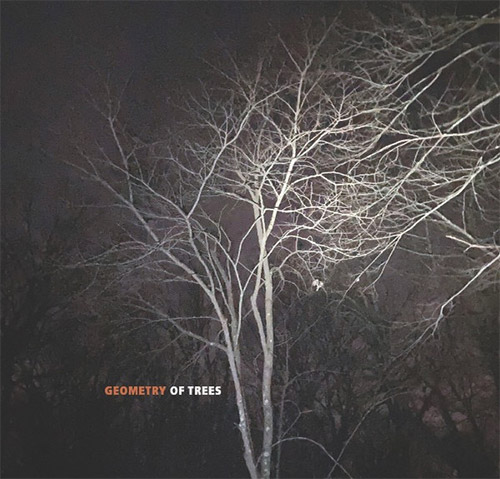
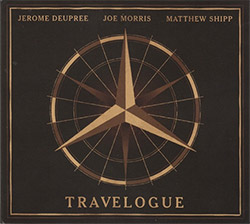
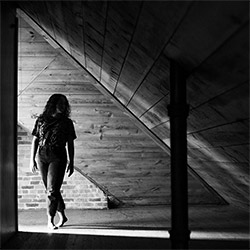
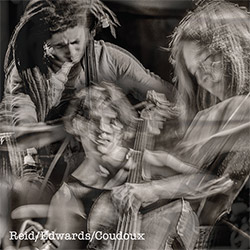
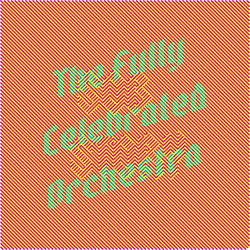
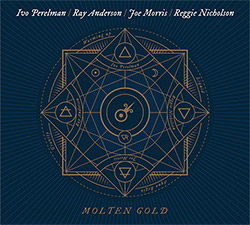

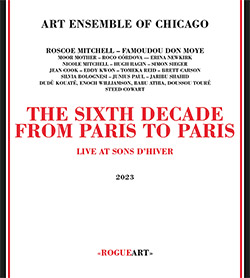



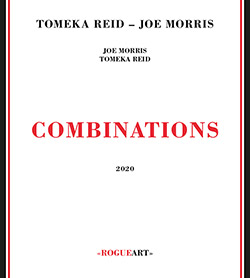
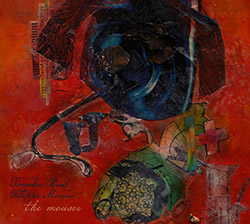
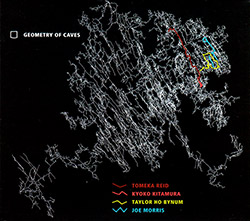
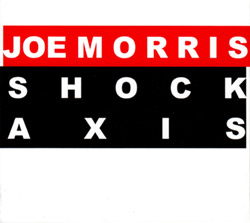
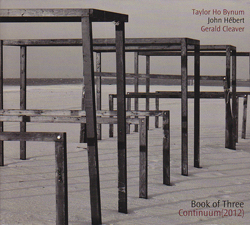
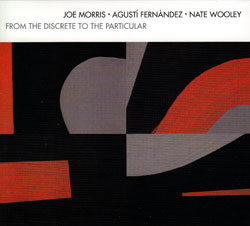
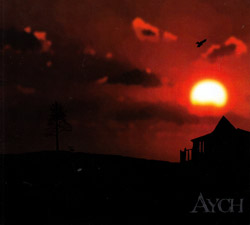
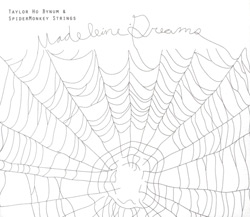
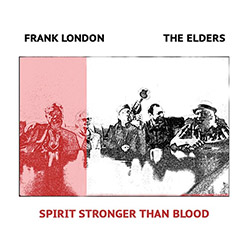
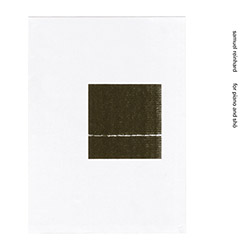
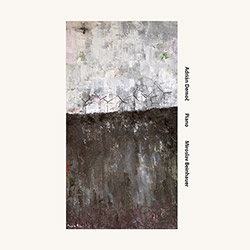

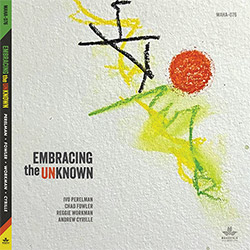


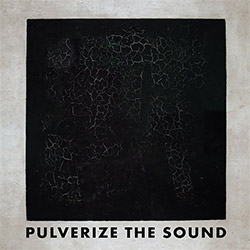


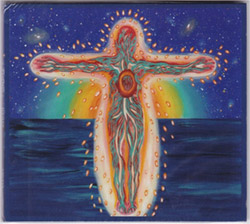

![BlueRing Improvisers: Materia [2 CDs]](https://www.teuthida.com/productImages/misc4/36513.jpg)

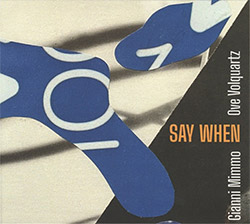


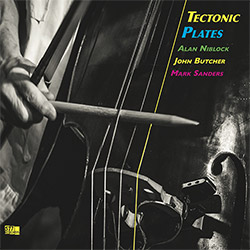
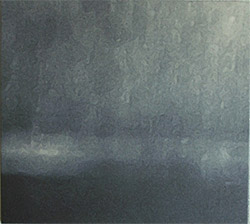


![Wheelhouse (Rempis / Adasiewicz / McBride): House And Home [VINYL]](https://www.teuthida.com/productImages/misc4/36462.jpg)
![+DOG+: The Light Of Our Lives [2 CDs]](https://www.teuthida.com/productImages/misc4/36009.jpg)

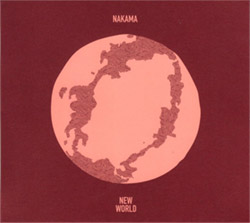
![Parker, Evan / Jean-Marc Foussat: Insolence [VINYL]](https://www.teuthida.com/productImages/misc4/36398.jpg)
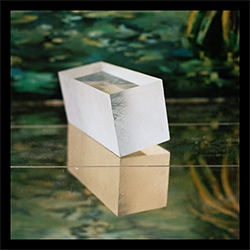
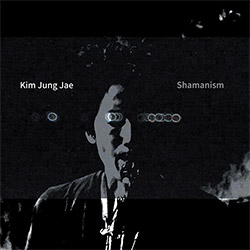
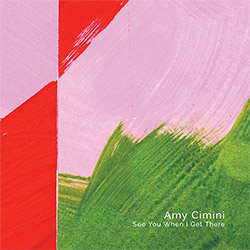
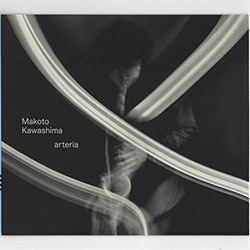

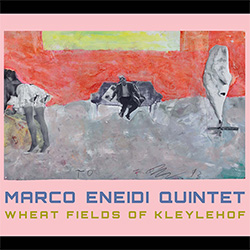
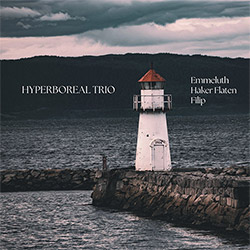

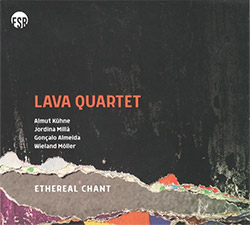
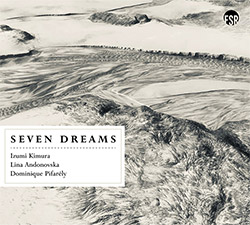
![Deupree, Jerome / Sylvie Courvoisier / Lester St. Louis / Joe Morris: Canyon [2 CDs]](https://www.teuthida.com/productImages/misc4/36404.jpg)
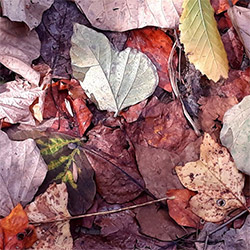

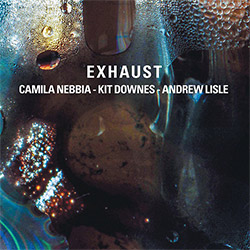
![Eventless Plot | Haarvol: The Subliminal Paths [CASSETTE + DOWNLOAD]](https://www.teuthida.com/productImages/misc4/36232.jpg)
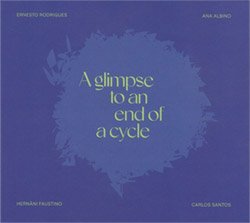

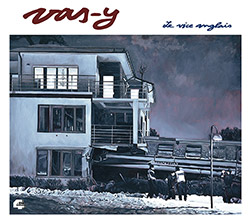


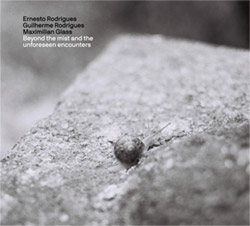

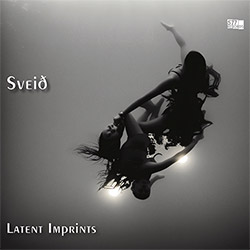
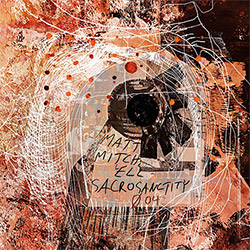
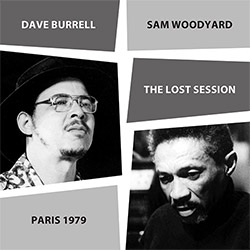
![Eventless Plot | Francesco Covarino: Methexis [CASSETTE + DOWNLOAD]](https://www.teuthida.com/productImages/misc4/36231.jpg)
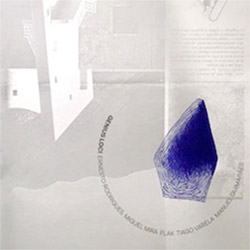
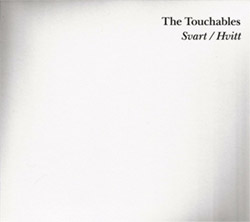
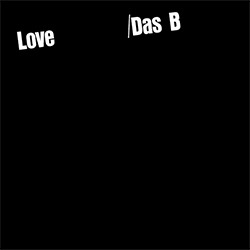
![Das B (Mazen Kerbaj / Mike Majkowski / Magda Mayas / Tony Buck): Love [VINYL]](https://www.teuthida.com/productImages/misc4/36329.jpg)
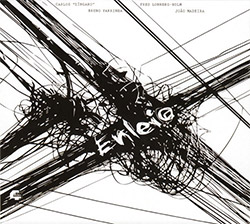
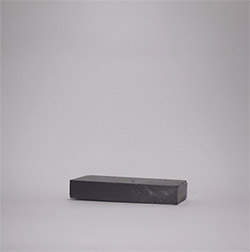
![Eternities: Rides Again [CASSETTE]](https://www.teuthida.com/productImages/misc4/36247.jpg)
![Lopez, Francisco: Untitled (2021-2022) [2 CDs]](https://www.teuthida.com/productImages/misc4/36438.jpg)
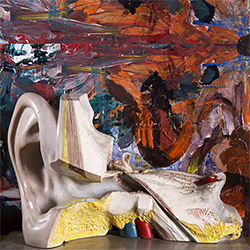
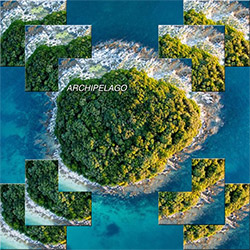
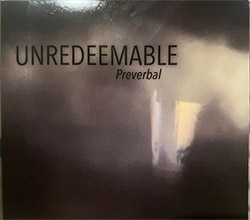
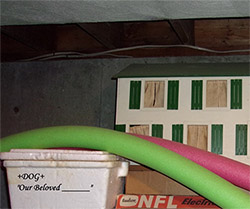

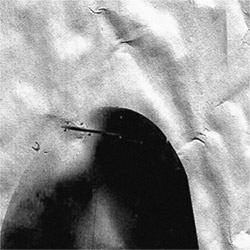
![Money : Money 2 [2 CDs]](https://www.teuthida.com/productImages/misc4/35894.jpg)
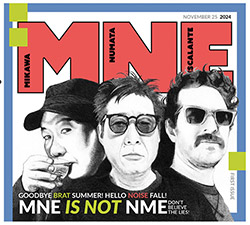
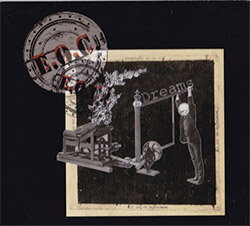
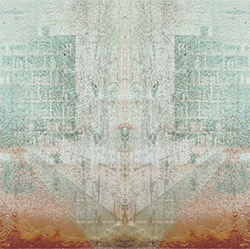
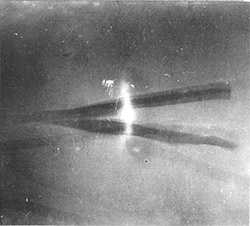
![Klinga, Erik: Elusive Shimmer [VINYL]](https://www.teuthida.com/productImages/misc4/36258.jpg)
![CHANGES TO blind (Phil Zampino): Volume 9 - I Wave on a Fine Vile Mist [CD + DOWNLOAD]](https://www.teuthida.com/productImages/misc4/36061.jpg)

![Wallmart / Rubbish: Asset Protection [split CD]](https://www.teuthida.com/productImages/misc4/35900.jpg)
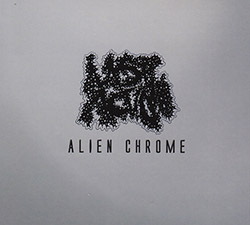
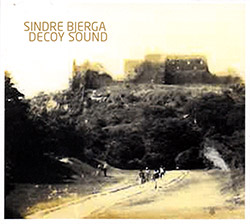
![+Dog+: The Family Music Book Vol. 5 [2 CDs]](https://www.teuthida.com/productImages/misc4/35897.jpg)
![Kuvveti, Deli : Kuslar Soyledi [CASSETTE w/ DOWNLOAD]](https://www.teuthida.com/productImages/misc4/36107.jpg)

![Brown, Dan / Dan Reynolds: Live At The Grange Hall [unauthorized][CASSETTE]](https://www.teuthida.com/productImages/misc4/36245.jpg)
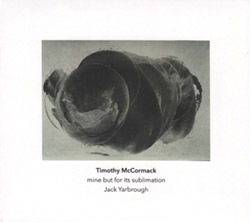
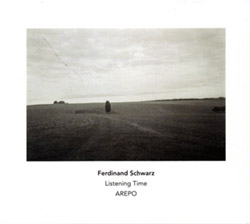
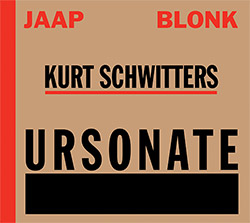
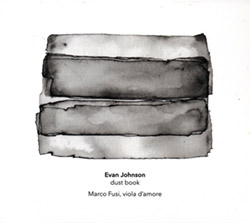
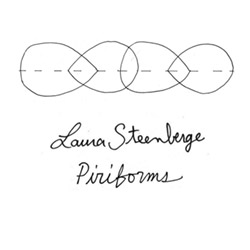
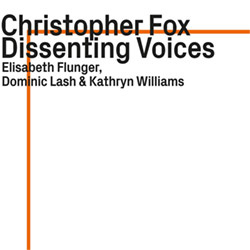

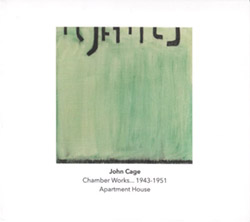
![Palestine, Charlemagne / Seppe Gebruers: Beyondddddd The Notessssss [VINYL]](https://www.teuthida.com/productImages/misc4/36206.jpg)
![Palestine, Charlemagne / Seppe Gebruers: Beyondddddd The Notessssss [NEON GREEN VINYL]](https://www.teuthida.com/productImages/misc4/36207.jpg)
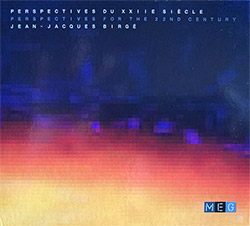
![Laubrock, Ingrid: Purposing The Air [2 CDs]](https://www.teuthida.com/productImages/misc4/35639.jpg)
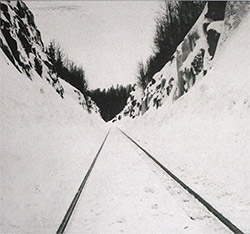
![Yoko, Ono / The Great Learning Orchestra: Selected Recordings From Grapefruit [2 CDs]](https://www.teuthida.com/productImages/misc4/35841.jpg)
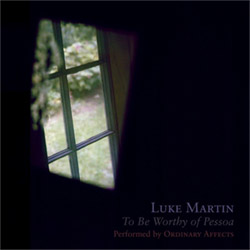
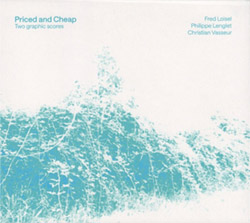
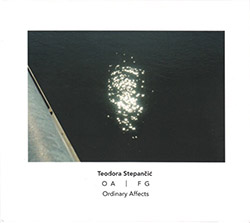
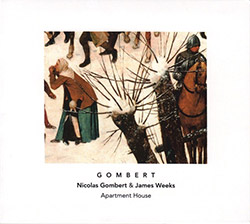
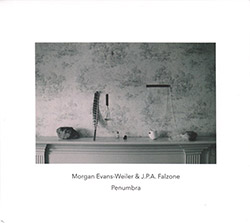
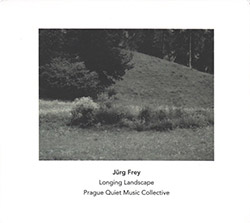
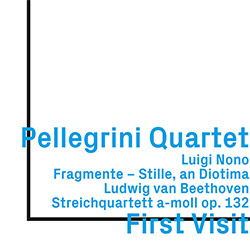
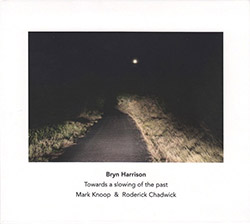
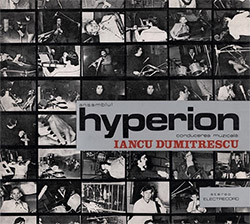
![Zorn, John / JACK Quartet: The Complete String Quartets [2 CDs]](https://www.teuthida.com/productImages/misc4/35609.jpg)
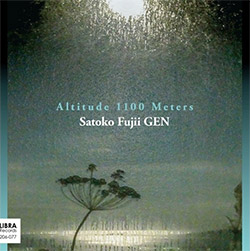
![Lonsdale, Eden: Dawnings [2 CDs]](https://www.teuthida.com/productImages/misc4/35480.jpg)

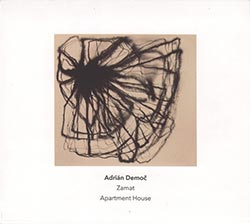
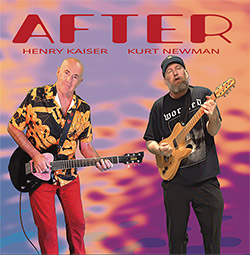
![Sorry For Laughing (G. Whitlow / M. Bates / Dave-Id / E. Ka-Spel): Rain Flowers [2 CDS]](https://www.teuthida.com/productImages/misc4/35985.jpg)
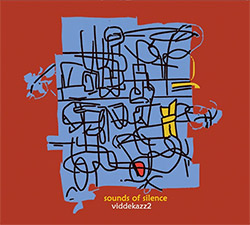
![Rolando, Tommaso / Andy Moor : Biscotti [CASSETTE w/ DOWNLOADS]](https://www.teuthida.com/productImages/misc4/36106.jpg)
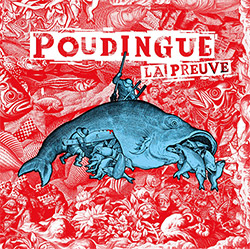

![Electric Bird Noise / Derek Roddy: 8-10-22 [CD EP]](https://www.teuthida.com/productImages/misc4/35970.jpg)
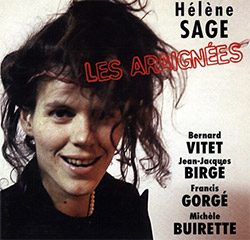

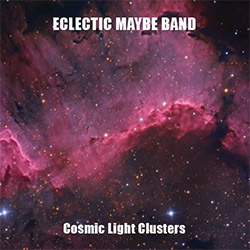
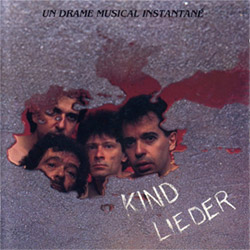
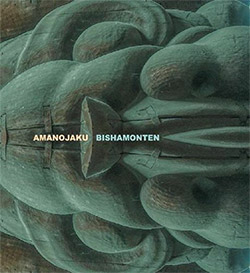
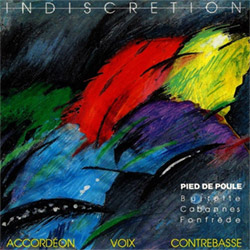
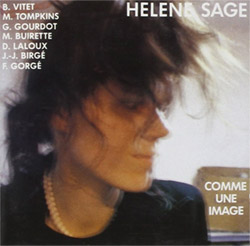
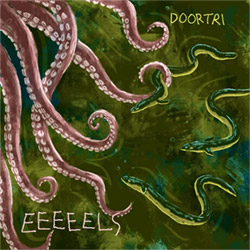
![Elephant9 : Mythical River [VINYL]](https://www.teuthida.com/productImages/misc4/34624.jpg)


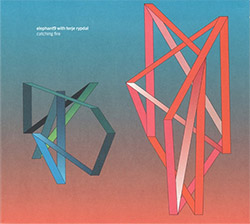
![Elephant9 with Terje Rypdal: Catching Fire [VINYL 2 LPs]](https://www.teuthida.com/productImages/misc4/35355.jpg)
![Deerlady (Obomsawin, Mali / Magdalena Abrego): Greatest Hits [VINYL]](https://www.teuthida.com/productImages/misc4/34876.jpg)
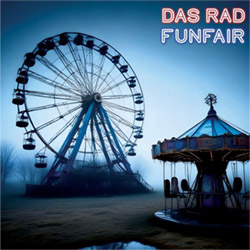
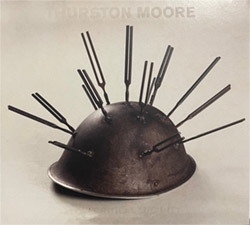
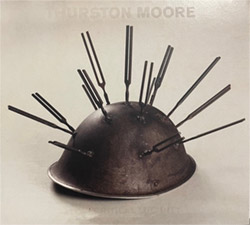

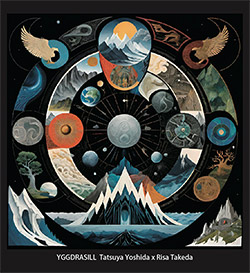


![Surplus 1980: Illusion of Consistency [CD]](https://www.teuthida.com/productImages/misc4/35069.jpg)
![Staiano, Moe: Away Towards the Light [VINYL + DOWNLOAD]](https://www.teuthida.com/productImages/misc4/35037.jpg)
![Coley, Byron: Dating Tips for Touring Bands [VINYL]](https://www.teuthida.com/productImages/misc4/17906.jpg)

![Lost Kisses: My Life is Sad & Funny [DVD]](https://www.teuthida.com/productImages/misc4/lostKissesDVD.jpg)